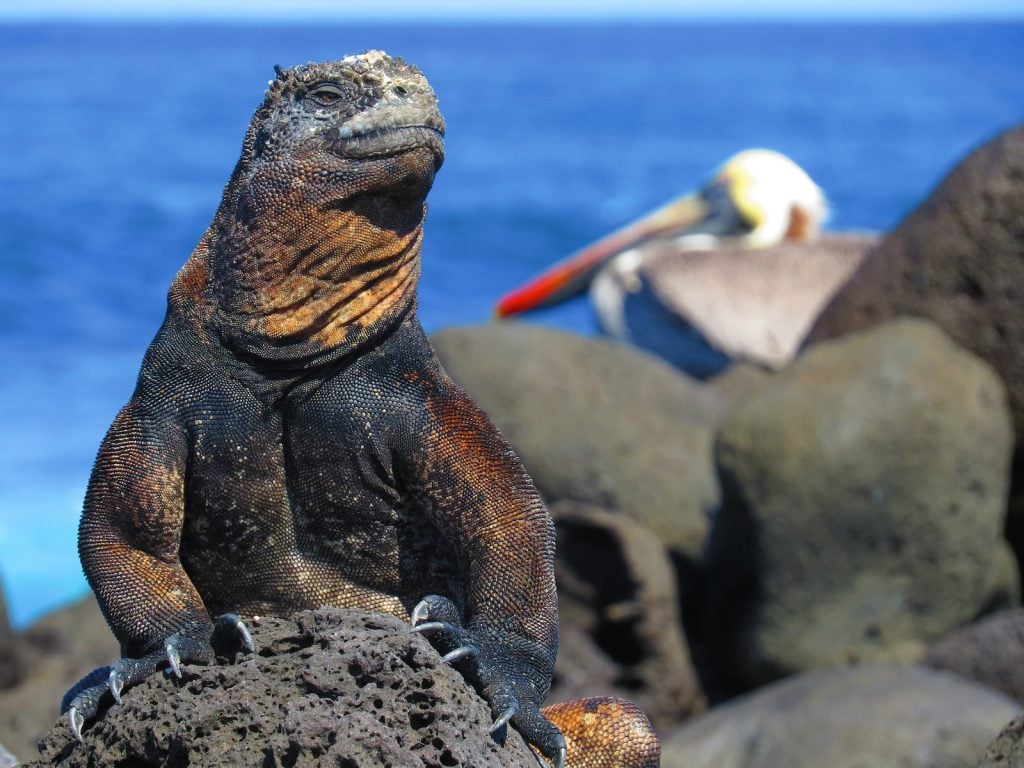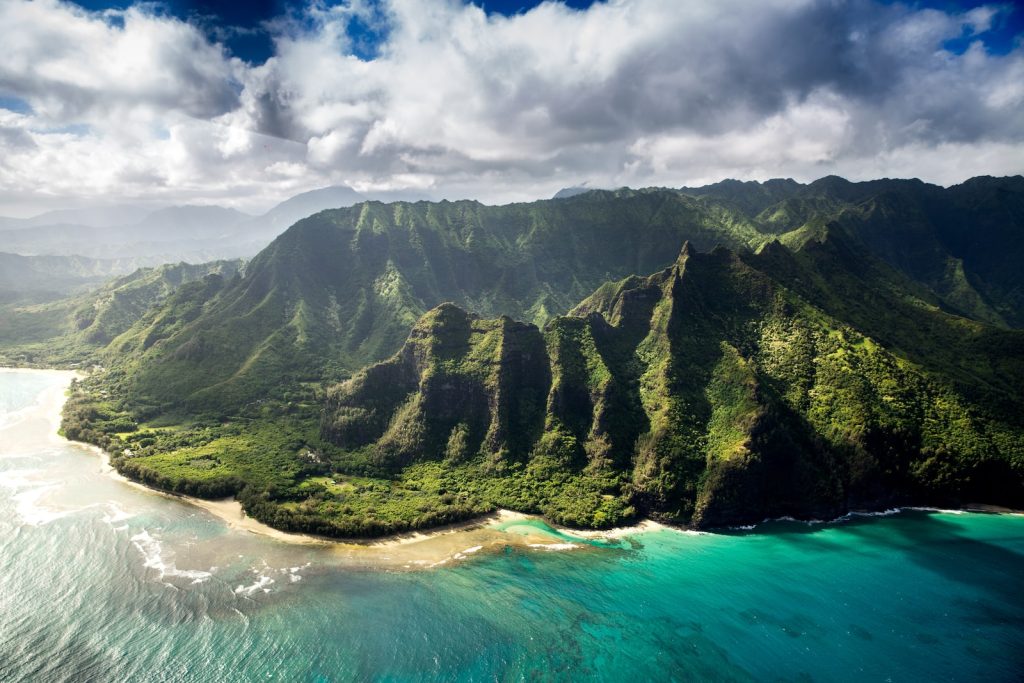The peak travel season is peak for a reason. Peak refers to popularity and summer is often the most popular season to travel. It’s the warmest time of year in the Northern Hemisphere, kids are off from school, and people want to get away from home and see the world. But peak travel can be expensive, and it’s not always the best time to travel. Enter the shoulder season.
Beyond being a trendy buzzword, the shoulder season is the most affordable, comfortable, and appealing time of year to see many parts of the world (at least in our opinion). Unlike the peak season, it’s not the most expensive. And unlike the off season, it doesn’t have weather or other obstacles to deal with.
To help you plan with confidence, we’re letting you in on the secrets of the shoulder season. Hopefully, the following reasons will inspire you to travel in spring and fall and take advantage of the many conveniences the shoulder season has to offer.
What is the shoulder season?

If you google around, you’ll find a lot of answers about why the shoulder season is called the shoulder season. (One of the answers refers to the peak season being referred to as the head season, thus, we get shoulder season, which is not quite head but close to it.) Regardless of the etymological answer for why it’s called the shoulder season, the shoulder season is not the high season and not the low season. It’s the season in between. In the Northern Hemisphere, this mostly means early spring or early fall.
What are the advantages of travelling during the shoulder season?
The shoulder season is more affordable.
This is the biggest advantage. Since it’s not the peak season, the cost of hotels, flights, tours, and even food will be more affordable in destination. Prices are the polar opposite of during peak or high season (see “off season” if you’re looking simply for the lowest prices). Rather, costs are more reasonable, which often allows you to upgrade your accommodation level, extend your stay, splurge on a business-class air ticket, or simply save money.
There are fewer crowds in the shoulder season.
Not being the peak or high season, the shoulder season has fewer crowds in popular destinations around the world. This means you’ll spend less time standing in lines (although you should always buy skip-the-line tickets if they’re available), have more room at landmarks and attractions (maybe you can actually see the Mona Lisa up close), and have a better chance of securing spots for hotels, tours, and flights.
The weather is more comfortable during the shoulder season.
Summer weather is great, but extreme heat is not conducive to moving around a lot. And moving around is kind of the name of the game when you’re travelling. In the spring and fall, the temperatures are more comfortable across Europe and North America, although not cold, which means you can spend more time outdoors without overheating. If you’re hiking or doing any day treks in national parks, the shoulder season is great.
As well, in parts of Africa, Asia, South America, and the South Pacific, the shoulder season often coincides with the dry season, meaning that you won’t be contending with long, rainy days in destination. Because lots of heat means lots of humidity and with humidity comes rain. So if you’re going on safari in Kenya or hiking the Inca Trail in Peru, consider the shoulder season.
Where should you go in the shoulder season?
There are a lot of places to explore at any time of year! That’s the beauty of international travel in the modern age: there is always somewhere to go and something to see, no matter the day or weather or available budget. But if you’re looking for specific suggestions for great destinations for the shoulder season, we’ve got eight great ones.
Australia
In particular, head to Australia in its fall (which is spring in North America), when the rainy season is easing up in the north and the Outback is cooler and, thus, easier to explore. Australia is most popular during the North American winter when its warm temperatures and sunny beaches attract people wanting to spend several weeks downunder. Fall is still warm, but not as extreme and the costs for hotels and tours across the nation are more manageable. Authentic Australia is a great option for shoulder season travel.
Botswana

While not technically the shoulder season as there aren’t four distinct seasons in Botswana, the green season in Botswana is great. The season runs November to May, but November and April are probably the best times to visit, as safaris through the Okavango Delta and Chobe National Park are more affordable and you’re more likely to secure a spot. As well, if you’re a wildlife lover, this is the best time of year to see migrating birds and baby mammals born in the grasslands.
France
What’s not to like about France in the spring or fall? Sure, Paris can be a bit rainy, but it’s romantic and refreshing in the spring when the flowers start blooming or in the fall when the colours turn (and anyway, Paris is most beautiful in the rain). There are shorter lines at the Louvre and d’Orsay and hotels are more reasonable so you can splurge for an extra romantic room. Outside of Paris, especially on the French Riviera, the weather is great in spring, with warm days and comfortable nights and plenty of sun without much rain. And in the fall, the vineyards are bottling their wines, making it the ideal time to try out vintages from a few years back.
Galapagos Islands

Being an archipelago in the Pacific Ocean off the coast of Ecuador, the Galapagos Islands are not your typical shoulder season destination. But they are a great spot to visit during the spring and fall (they're in the Southern Hemisphere, so remember the seasons are reversed from in the US and Canada). In the Galapagos’ spring (September through November), the islands’ wildlife is particularly active and the rainfall is low, with clear water conditions for cruising. In the fall (March through May), the sea is also calm. Crowds are smaller than during North American winter and you should be able to take advantage of deals.
Hawaii

Hawaii is a great option for the spring and fall. Hawaiian vacations are not cheap, but they are more affordable in the spring and fall when the travel numbers are down and there are no main holidays drawing people to the beaches and jungles. You’ll have more space on Waikiki Beach in Honolulu and a better chance to book a volcano hike or snorkelling experience. Furthermore, the waters are still warm and the weather still gorgeous in the spring and fall, so you won’t miss out on the natural appeal of the islands.
Iceland

Spring and fall in Iceland doesn’t have the Midnight Sun or the Northern Lights (although you may spot them in late September onward, depending on the weather), but it is a gorgeous time of year to visit Iceland. The North Atlantic nation continues to be one of the most popular in Europe, so you have a better chance of securing a rental car during the shoulder season. Days are still mild, and while weather can be unpredictable on the island, with the occasional snowstorm or wet squall, you’ll still be able to spend days outdoors seeing the nation’s mix of glaciers, geysers, and waterfalls. Perhaps best of all is the country’s golden hue during this time of year. The low sun over the golden grasslands near Reykholt or peaking over the crest of Kirkjufell Mountain is breathtaking.
Jordan

Being in the Middle East, Jordan is hot during all seasons. But in summer, it can be very hot, and you may not want to spend the middle of the day outdoors. Luckily, in the shoulder season, you’ll have more moderate temperatures, which means that you can spend long days exploring Petra or Wadi Rum without overheating. But because it’s not the peak season of winter, you’ll have a better chance at securing tour groups and accommodations without paying top costs.
Vietnam

Vietnam’s shoulder season stretches between parts of winter, spring, and fall, but generally has fewer crowds and more affordable accommodations and touring options. (Although you’ll want to avoid the Tet festival in late January or early February as this is a key holiday period for the nation and prices rise as a result.) Unlike some other countries, Vietnam can get very hot in the spring—perhaps hotter than some people may expect considering it’s not the summer. But there is far less rain than you get during the monsoon season and the weather is particularly amenable for exploring the cities, especially Hanoi and Ho Chi Minh City. As well, spring and early fall offer ideal conditions to cruise Halong Bay, arguably the best natural highlight in the country and the entirety of Southeast Asia.
If you know where you want to go or want to discuss any trip ideas for the shoulder season, get in touch with a Goway Destination Specialist. You can chat about travel ideas over Zoom or get a free trip quote today.
You might say that Aren was destined to become a globetrotter after his family took him to Germany two times before he was four. If that wasn’t enough, a term spent in Sweden as a young teenager and a trek across Vietnam, Cambodia, and Thailand confirmed that destiny. An independent writer, director, and film critic, Aren has travelled across Asia, Europe, the Middle East, and South America. His favourite travel experience was visiting the major cities of Japan’s largest island, Honshu, but his love for food, drink, and film will take him anywhere that boasts great art and culture.
Get Inspired
Inspire your wanderlust with our globetrotting tales.
Unlock more by subscribing to our newsletter
With our newsletter, you’ll get access to regular communications that inspire you and help you explore the world your way

